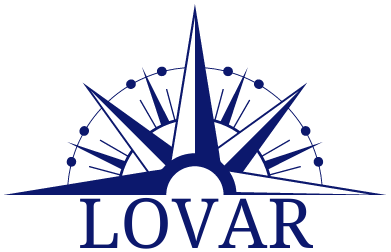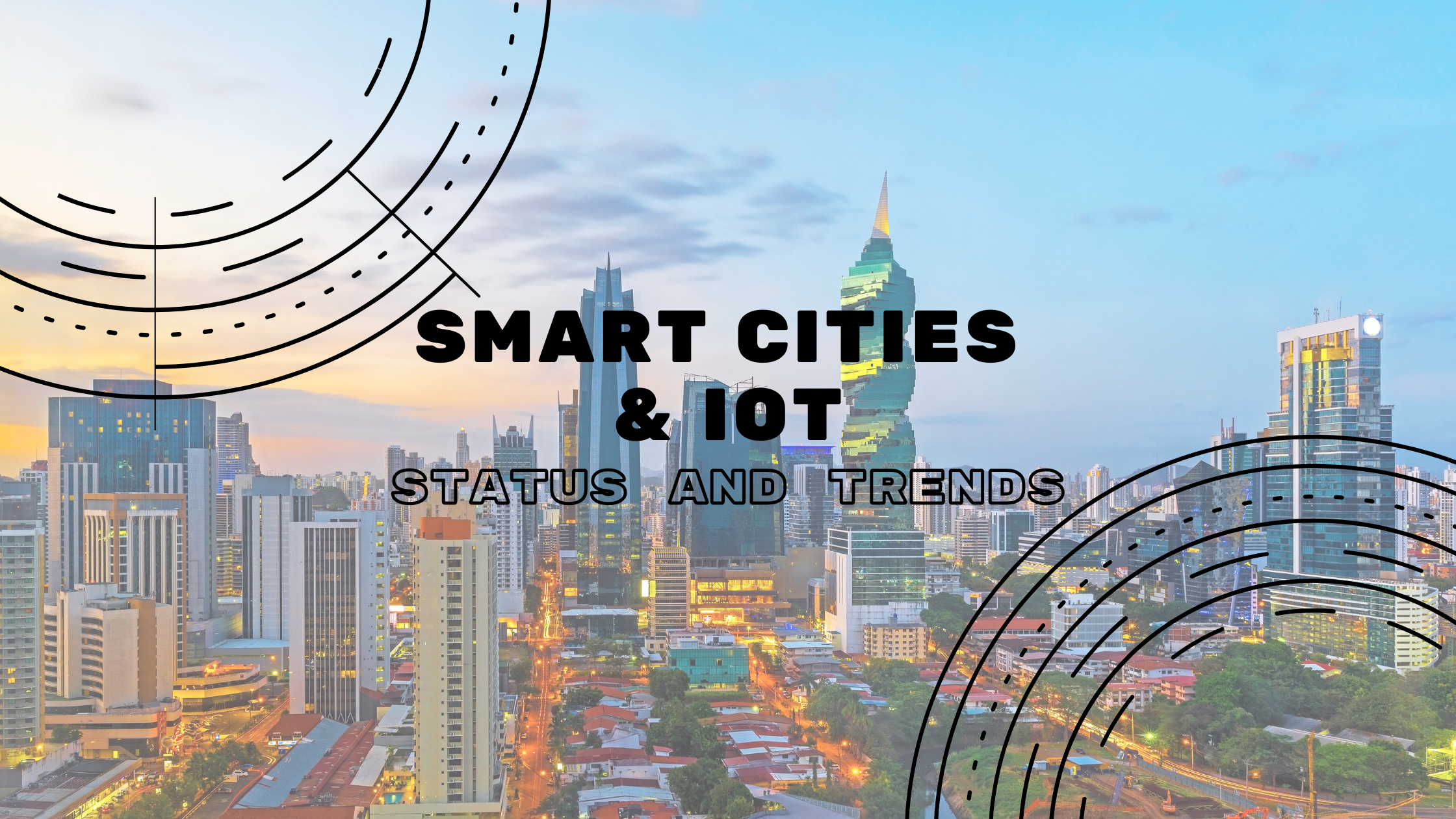As cities throughout the world develop and adapt, there is an increasing demand for innovative solutions to urban concerns. The Internet of Things (IoT) is at the vanguard of this revolution, providing cities with the technology they need to improve infrastructure, provide better services, and create more habitable surroundings. This article delves into how IoT technology is transforming urban living, the pros and cons it entails, and future trends that promise to further influence our cities.
IoT applications in smart cities
Smart cities leverage a wide array of IoT applications to optimize urban living across several key areas. The conceptual map below highlights a few examples:
Traffic management systems implement IoT technology in various ways to enhance urban mobility, including monitoring traffic flow in real time with sensors and cameras, connecting vehicles for better communication, optimizing parking availability through smart meters, and analyzing data to improve traffic signal timings. A prime example is Los Angeles’s dynamic lane management system, which was implemented in 2022 to tackle congestion. This system uses overhead signs and cameras to adjust lane markings based on real-time traffic conditions, resulting in travel time reductions of 15 to 90 minutes during peak hours, as highlighted by Telnyx.
In the realm of public safety, cities are deploying smart surveillance systems equipped with IoT sensors. This includes advanced surveillance cameras with facial recognition capabilities, gunshot detection systems that pinpoint the source of gunfire, and emergency alert systems that provide real-time notifications to citizens about critical incidents.
Public transport is also experiencing substantial improvements through the use of IoT technology, which boosts the efficiency and reliability of urban transit systems. A 2020 study from IoT Analytics indicates that connected public transport is the most prevalent IoT application in urban areas, achieving a 74% implementation rate among decision-makers across various global cities. This innovative technology facilitates real-time tracking of vehicle locations and routes, allowing for timely notifications and customized travel updates for passengers.
IoT technology is also revolutionizing utility management by enabling more efficient systems for resource allocation and service delivery. New York, for example, one of the top smart cities in the world as highlighted by DIGI, implemented an Automated Meter Reading (AMR) system that allows for effective monitoring of water usage and provides residents with insights into their consumption patterns. Such types of IoT applications extend to smart grids for electricity, optimizing energy distribution, and smart gas monitoring systems that enhance safety and efficiency.
In the area of environmental monitoring, IoT technology employs various types of sensors and devices to collect critical data. The city of Chicago, for example, launched a citywide network of lamppost-mounted sensors to monitor air pollutants, including nitrogen dioxide, particulate matter, and soon volatile organic compounds (VOCs). Other types of sensors include those that monitor chemical composition and turbidity in water bodies, noise monitoring systems that capture sound levels in urban areas, and weather stations equipped with IoT technology to track temperature, humidity, and precipitation, providing comprehensive insights into environmental conditions.
Lastly, waste management systems are utilizing IoT technology to optimize collection processes and enhance operational efficiency. Smart waste bins equipped with sensors monitor fill levels and send real-time data to waste management services, allowing them to schedule pickups only when necessary. This reduces unnecessary trips, conserves resources, and lowers operational costs. Additionally, IoT solutions can analyze waste generation patterns, helping cities implement more effective recycling programs and waste reduction strategies.
Pros and cons of IoT for smart cities
IoT technology offers significant benefits for urban management, including improved efficiency, enhanced service delivery, and better resource allocation. By enabling real-time monitoring and data analysis, IoT allows city officials to make informed decisions in critical areas such as traffic management, waste disposal, and environmental monitoring. For instance, with the ability to track vehicle flow and waste levels, cities can optimize operations, reduce costs, and improve the quality of life for residents.
However, this technology presents notable challenges. Privacy concerns arise as more data is collected from citizens, raising questions about who has access to this information and how it is used. Additionally, the reliance on interconnected devices increases the risk of cyberattacks, potentially compromising public safety and city infrastructure. Furthermore, over-dependence on technology could lead to vulnerabilities in critical systems, especially during outages or system failures. As cities strive to harness the potential of IoT, balancing these advantages and drawbacks will be crucial for successful and responsible adoption.
The future of IoT in smart cities
Looking ahead, the role of IoT in shaping urban living is expected to expand dramatically over the next decade. One emerging trend is the growth of 5G technology, which will provide the high-speed connectivity necessary for the next generation of IoT devices. This enhanced connectivity will support more robust data collection and analysis, enabling cities to respond dynamically to changing conditions.
Another significant trend is the integration of artificial intelligence (AI) with IoT systems. AI can analyze vast amounts of data generated by IoT devices, leading to predictive analytics that can inform city planning and resource allocation. For instance, AI-driven traffic management systems can predict congestion before it occurs, allowing for preemptive measures.
As these technologies continue to evolve, the potential for IoT in smart cities becomes increasingly promising. However, realizing this potential will require strategic investments, robust infrastructure, and a commitment to addressing the associated challenges, such as privacy and security concerns. By fostering collaboration between stakeholders and embracing innovation, cities can ensure that the future of IoT enhances the quality of life for all residents while promoting sustainable urban development.

